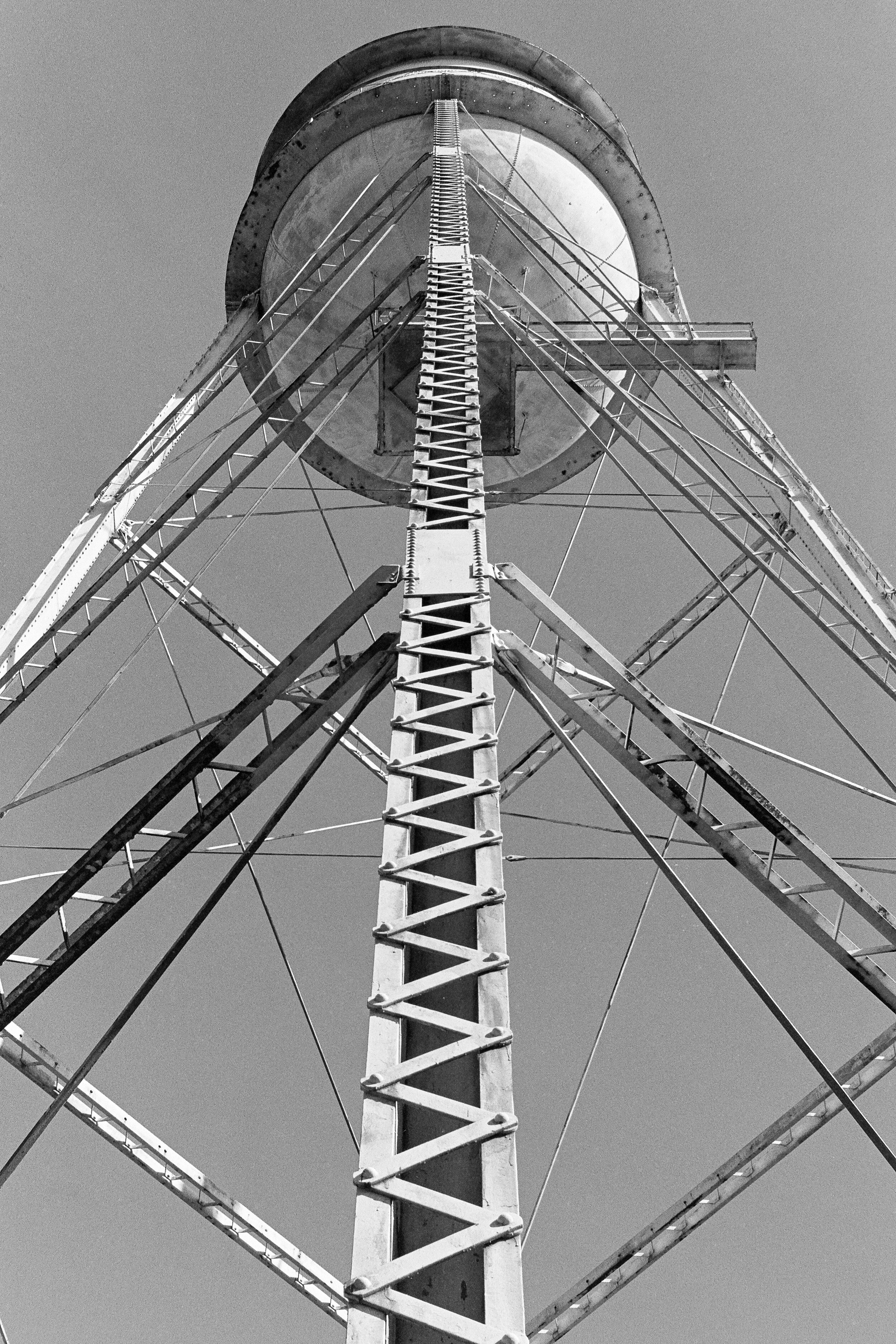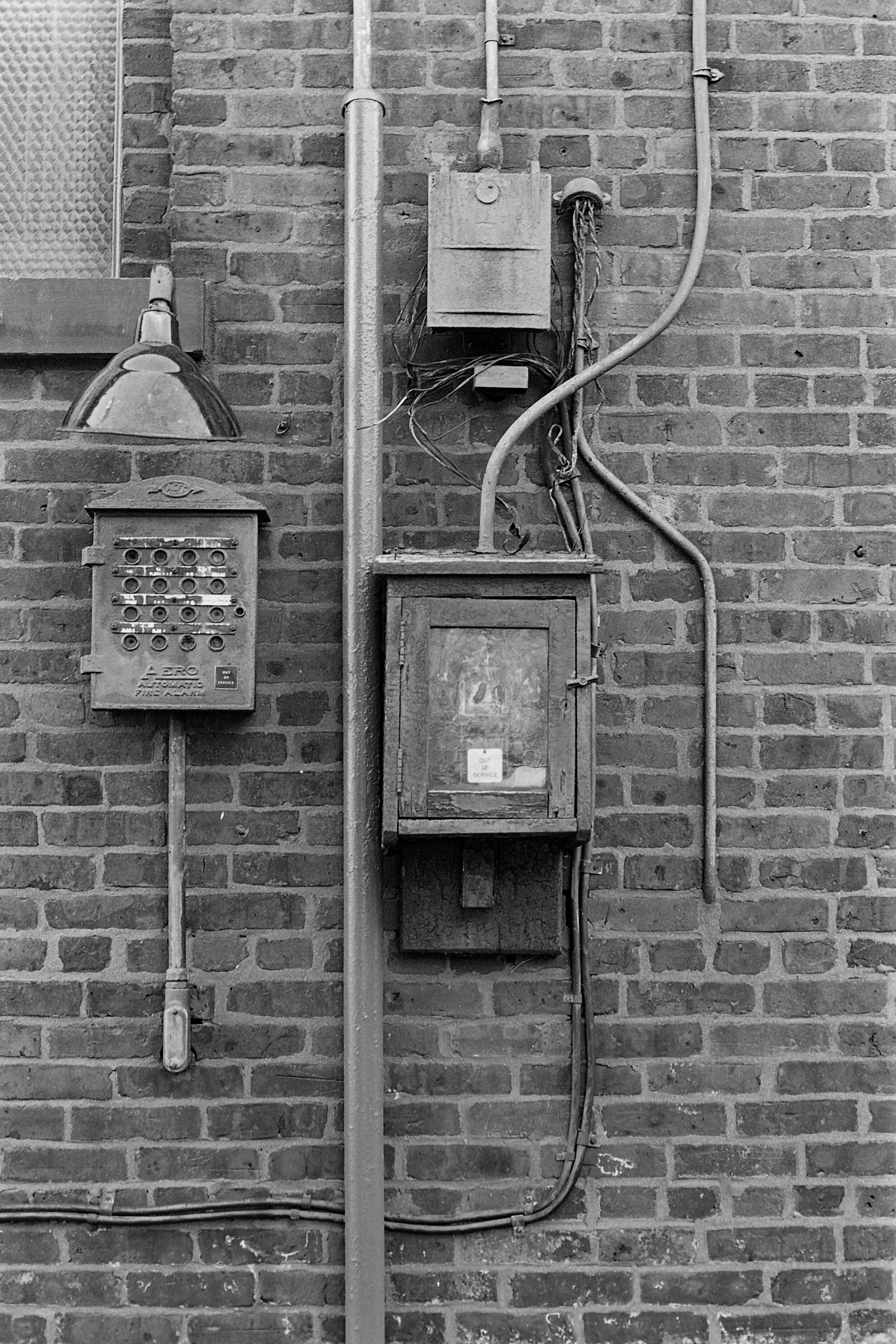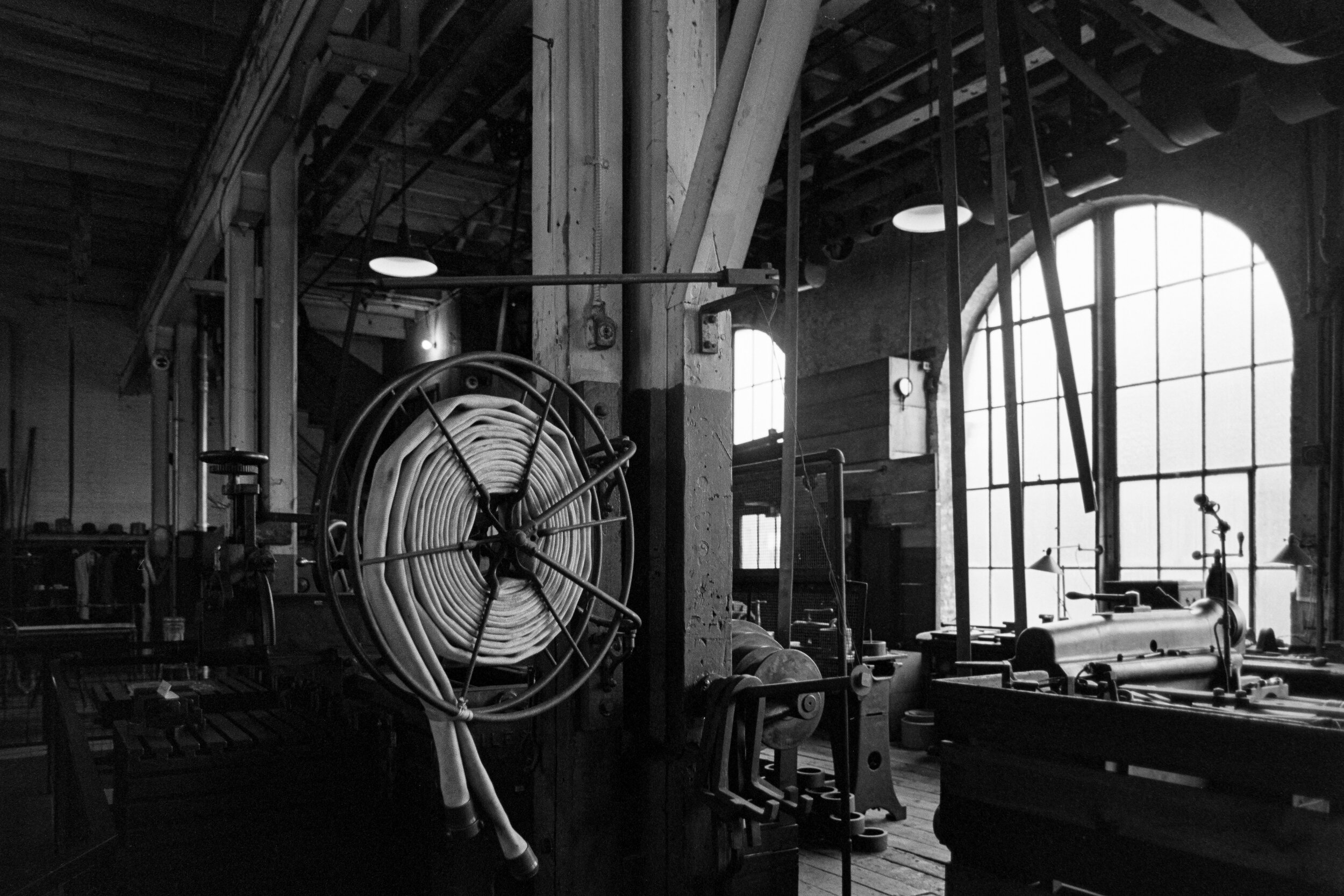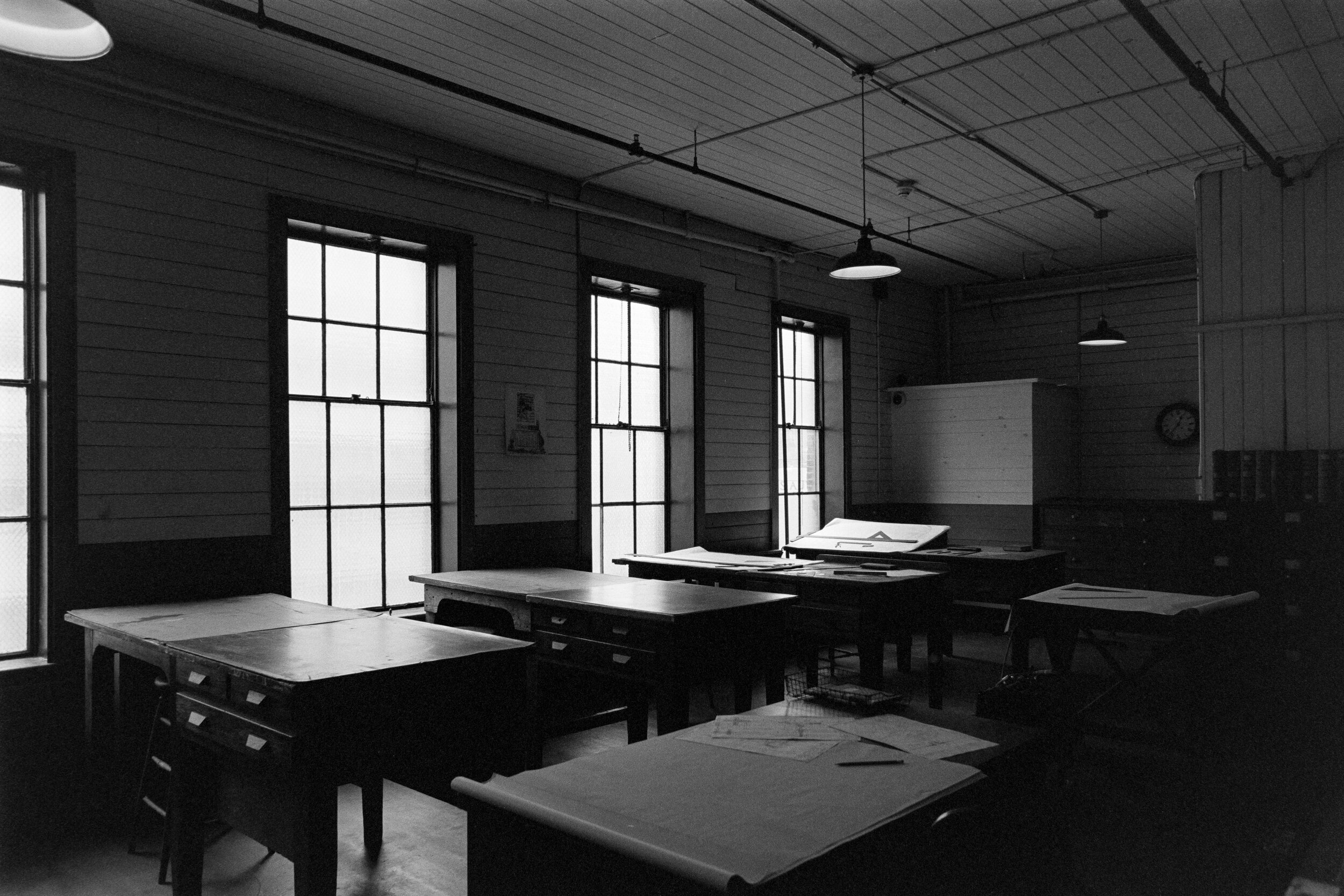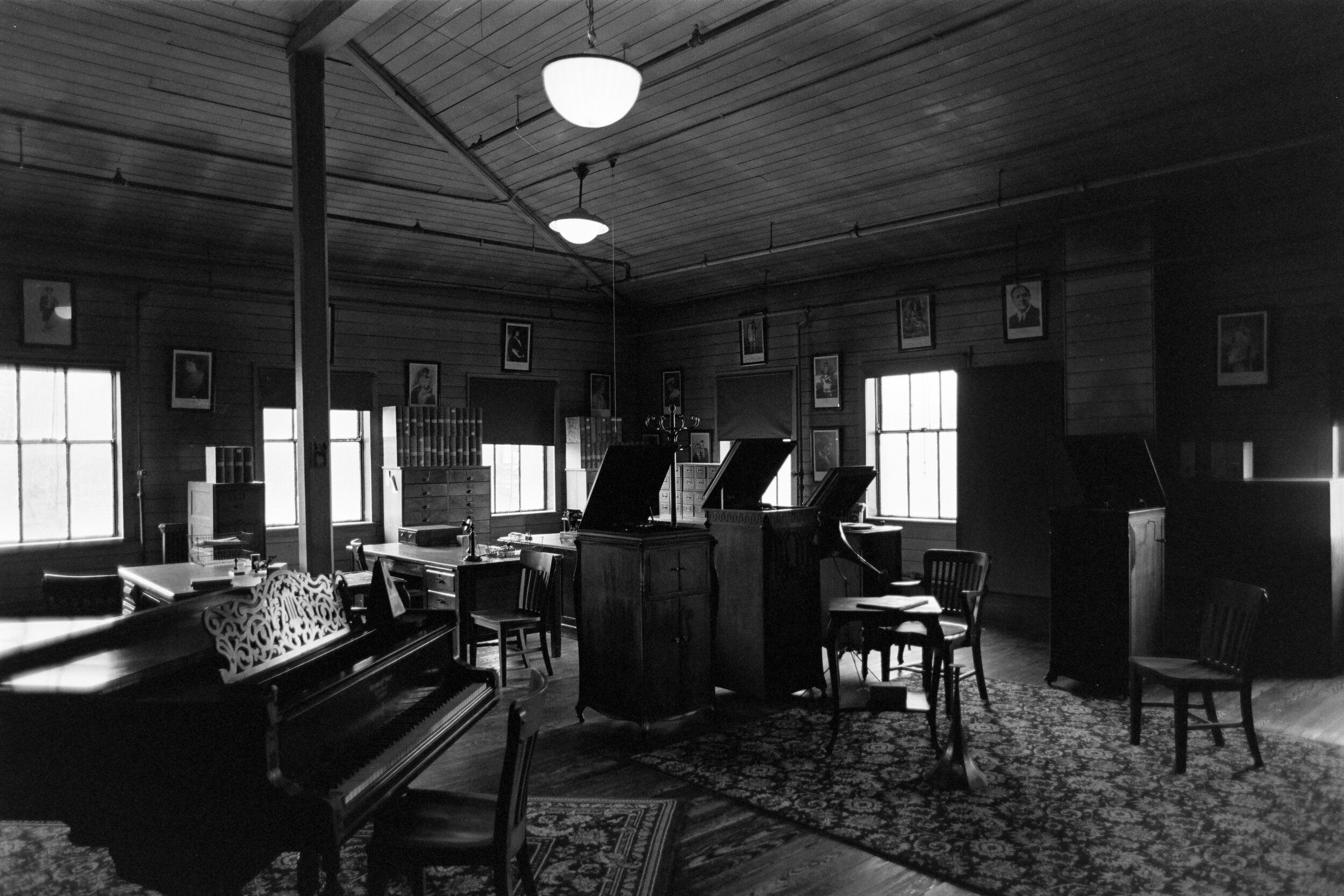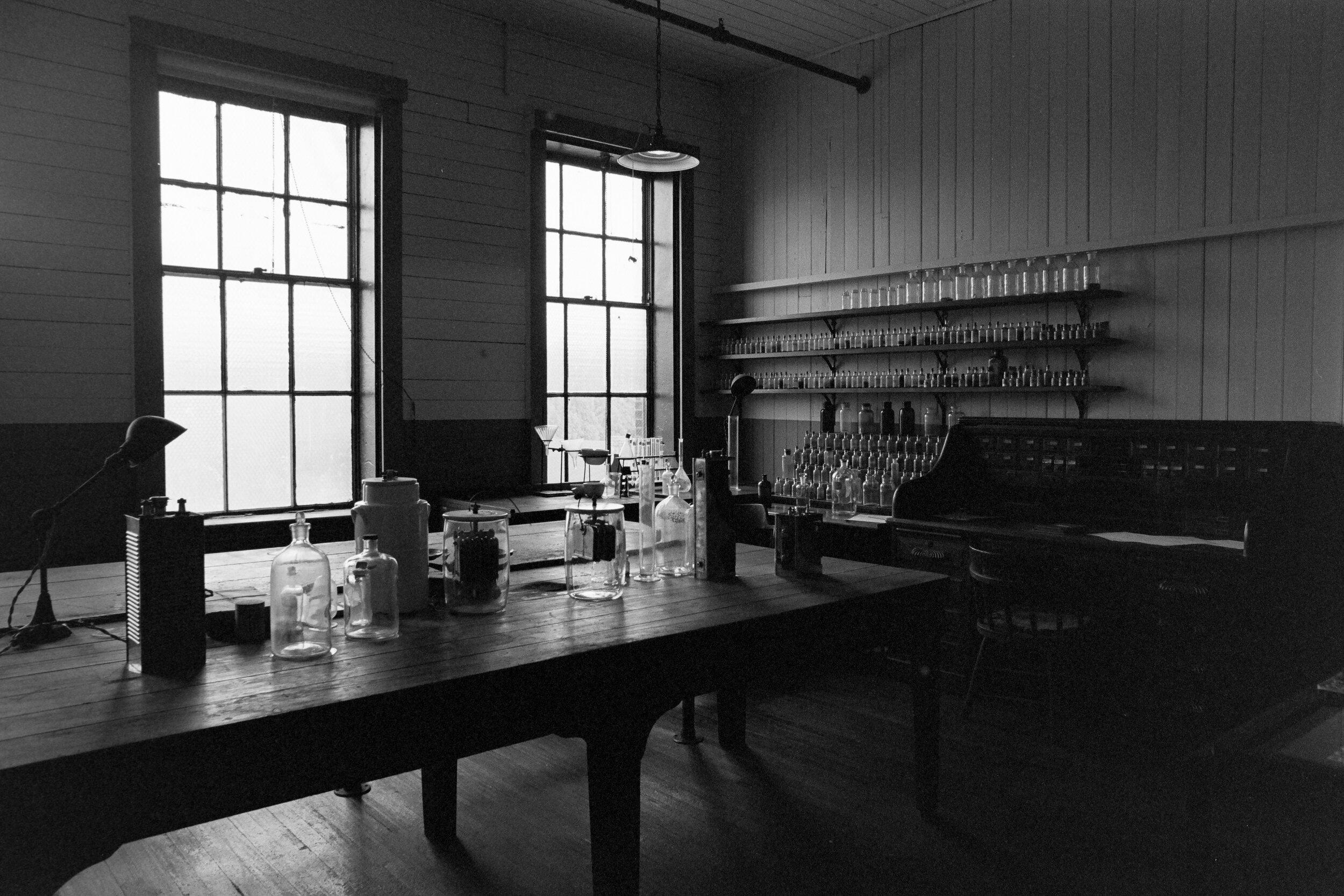Thomas Edison National Historical Park (NHP), located in West Orange NJ, is home to Thomas Edison’s laboratory complex and nearby residence. While I didn’t get to see the house on my first visit as they don’t offer tours in the winter, I plan on taking a trip back sometime this summer when things start to open up again. There are a few different things to see at the NHP: Edison’s machine shop, the laboratory where he attempted to synthesize synthetic rubber, a mockup of the “Black Maria” built as a moving film stage for motion pictures, and his private office/library. The weekend I visited actually had a presentation from an archivist with the Library of Congress who worked to restore nitrate film held by the library and sound recordings obtained from Edison NHP.
It’s actually interesting how the film and sound recordings became separated in the first place – but first a little history. Edison NHP was created shortly after WWII when Edison’s descendants shut down the laboratories and donated the property to the federal government. They had left everything as it was when Thomas Edison died, including his personal office and library. The National Parks Service sent the unstable nitrate film negatives they found to the National Archives for safekeeping but neglected to send the associated wax cylinder recordings. Many years later the curator of Edison NHP found they wax cylinders and worked to restore the complete films.
One of the major drawbacks to Edison’s phonograph was the recording technique required to produce master cylinders that could be copied for commercial distribution. The technology required actors or musicians to practically shout at the recording horn if a usable master cylinder was to be obtained. In fact, you can sometimes see these recording horns used to produce the sound for Edison’s motion pictures dip into shot as the phonograph operator tried to pick up their voice. The end result produced very uneven audio, and the quality of the audio-motion picture sync was almost entirely dependent on the operator projecting the completed product. The projector and phonograph would be connected together by an extremely long string that was meant to sync sound and picture together. The projector operator had to manually adjust the wax cylinder when the picture and film went out of sync. Sometimes the very long string which connected the projector and phonograph would break, sending the two wildly out of sync. Edison built the “Black Maria”, a revolving sound stage, to produce his motion pictures. The entire building spun to follow the sun, which produced the intense light needed to expose the film negatives.
Stepping into Edison’s office and private library, you can’t help but marvel at the four stories of book shelves and belongings strewn about the room. This building was home to a heavy machine shop for prototyping, a recording studio above Edison’s office to produce the master cylinders for his phonograph business, a photography studio, and drafting rooms. I always joke that fixer smells good, but I find it funny that 100 years later you can still smell the fixer in the darkroom that occupies the top floor of the building. The large 8x10 Eastman View camera still sits in the studio, ready to make some glass plate negatives.

